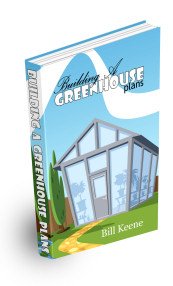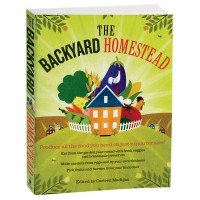

Organic Savings!

The food industry's digusting secrets exposed. How to protect yourself.
Click Here!

What's New?
Discover how to easily build an attractive and affordable greenhouse that will grow anything in any conditions. Also, building your own greenhouse just makes economical sense. You can build a greenhouse at just a fraction of the cost of buying a pre-built one. Most pre-built greenhouse you buy need to be assembled anyway, you are really just paying hugely inflated prices for the material.
Click Here!
Book of the Month


Grow the vegetables and fruits your family loves; keep bees, raise chickens, goats, or even a cow!
The Backyard Homestead shows you how it's done. And when the harvest is in, you'll learn how to cook, preserve,
cure, brew, or pickle the fruits of your labor.






 The food industry's digusting secrets exposed. How to protect yourself.
Click Here!
The food industry's digusting secrets exposed. How to protect yourself.
Click Here!
